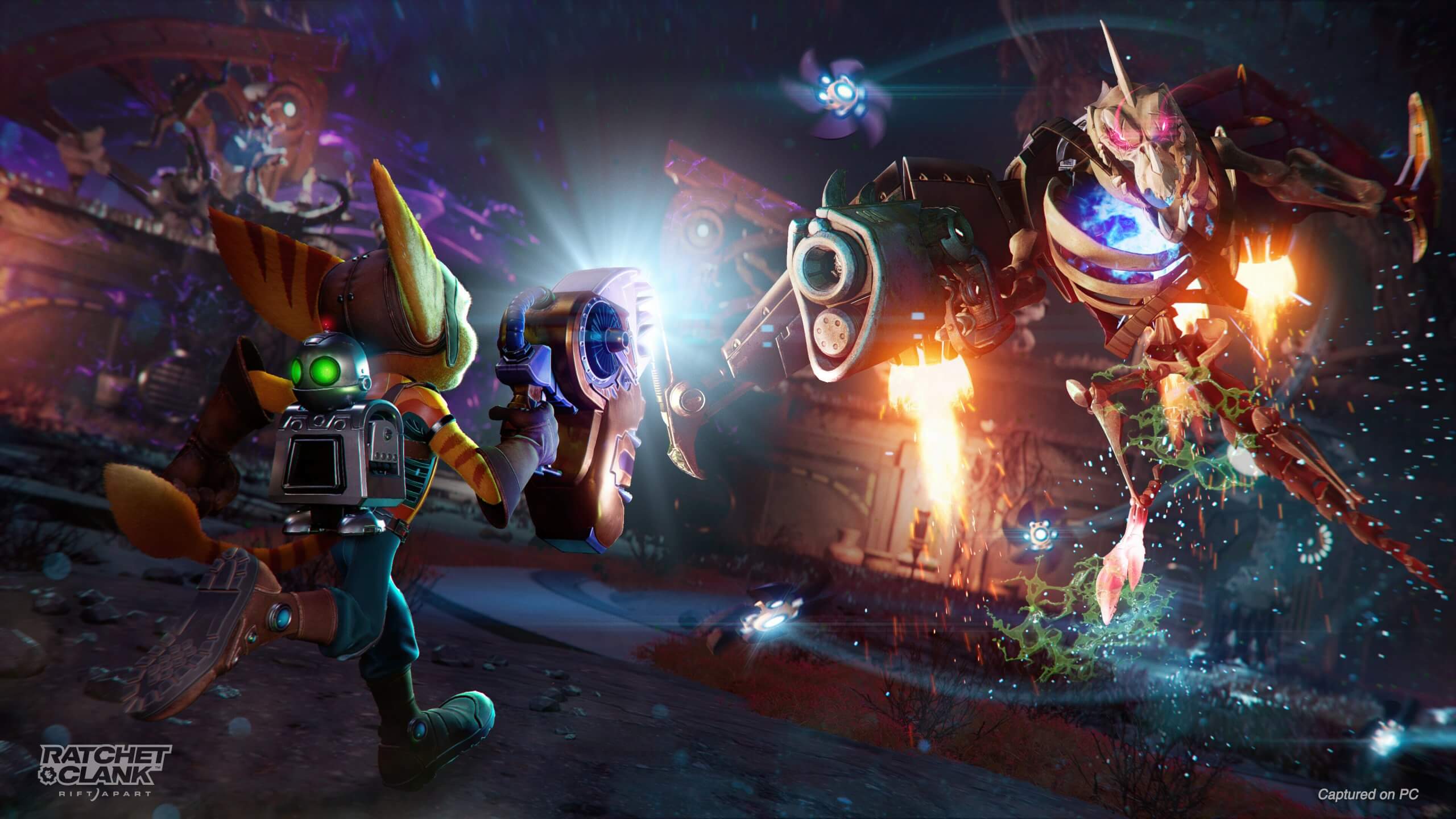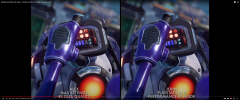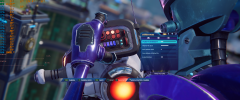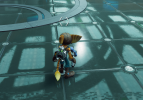With vsync, 60fps. System reboot between each as usual.
DS On:
View attachment 9316\
DS Off:
View attachment 9317
It was apparent even just eyeballing it that any stutters during the world transitions were less with DS disabled.
At this stage I can't help but feel the implementation is just broken. The increased load on the CPU of turning off DS it pretty small (say 10-15% at Very High Textures) which means the decompression load must be pretty light. That's further supported by the data read info that Holysmoke provided which is nothing extraordinary. It doesn't make sense that the GPU impact of that during normal gameplay would be so high, especially not on something like a 4090.
We really need to understand if AMD are using DS at all as if they are, and are not seeing performance degradation then it's potentially an implementation issue specific to Nvidia and Intel.







